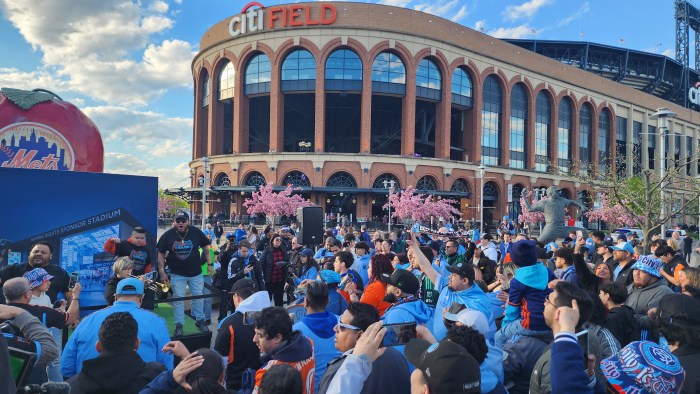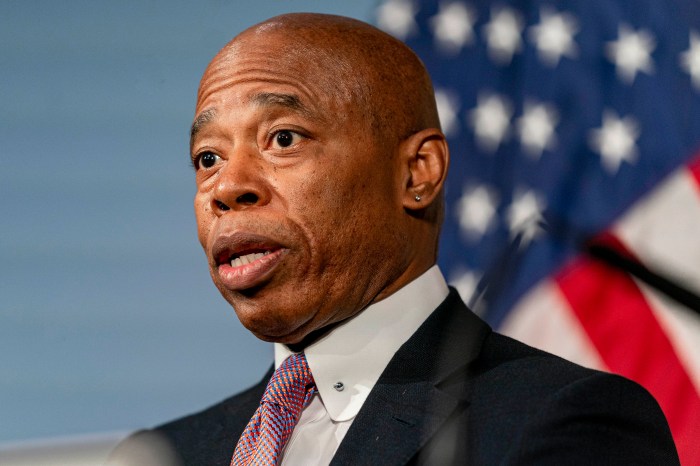By Philip Newman
DiNapoli also said the cost of improvements now underway has skyrocketed.”We've seen some real progress and the MTA has made commuting safer, but costs continue to rise and difficulties persist,” DiNapoli said. “The electronic security component of the capital security program has not lived up to expectations and it's behind schedule and over budget.”He said the MTA must do a better job improving security. The MTA has scaled back on an important element of its integrated electronic security program because it has not worked as expected. Even with this adjustment, the scaled-back program will not be finished until December 2009, 16 months later than planned. The cost of the whole electronic security setup has risen from $265 million to $450 million. What the MTA intended to do was to install more than 1,000 cameras and 3,000 sensors throughout the transit system, including motion sensors, intrusion detention devices and intelligent video. All will be monitored and linked to a central command center.DiNapoli's report also said: The MTA security program has not met the MTA's expectations. As of last month, 75 percent of the projects in Phase 1 were a year or more behind schedule, including four projects that were three or more years behind schedule.The cost of Phase 1 has grown from $592 million to $837 million. Construction is taking longer than scheduled. As of last month, 67 percent of the 30 construction jobs were behind schedule.Nine constructions jobs were seven or more months behind schedule.All the delays have helped push back the completion of Phase 1 of the security program until May of 2010.
































